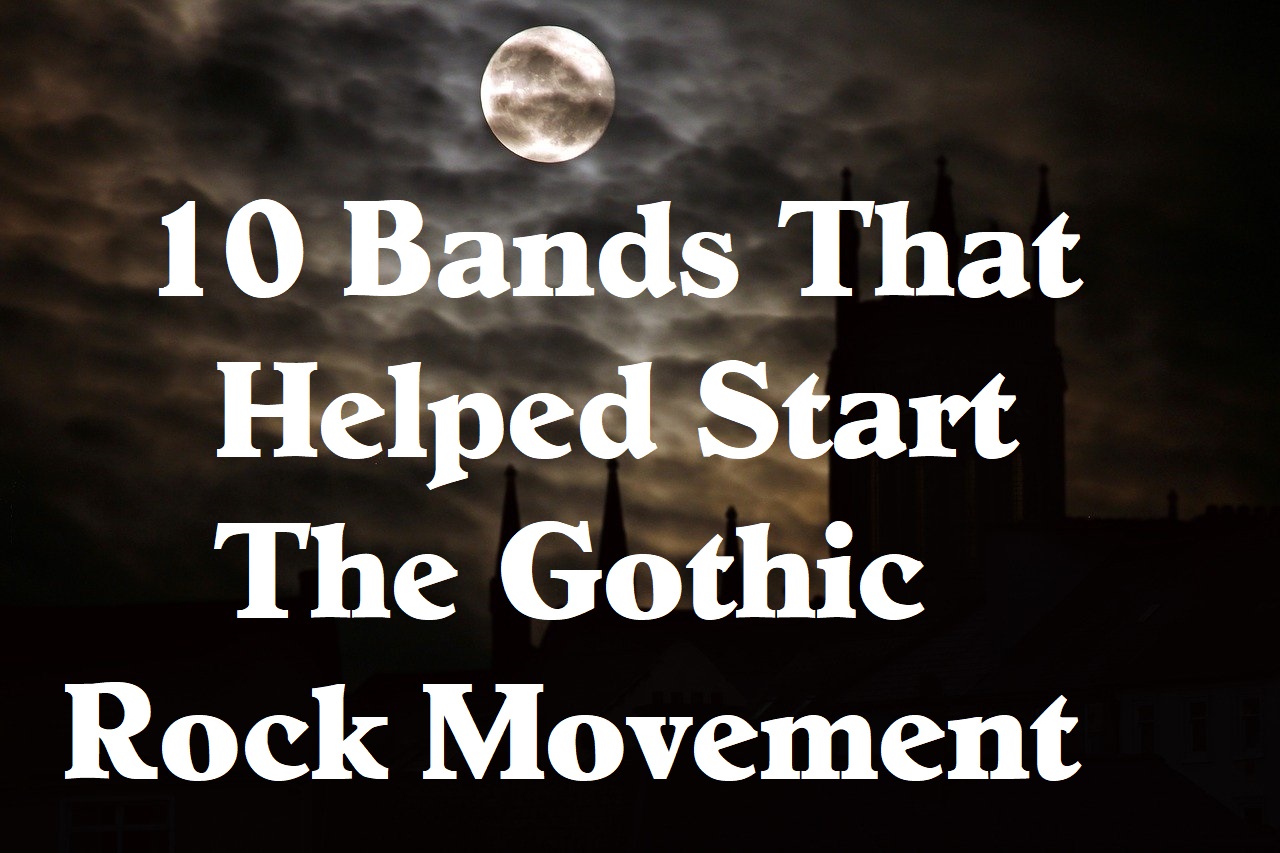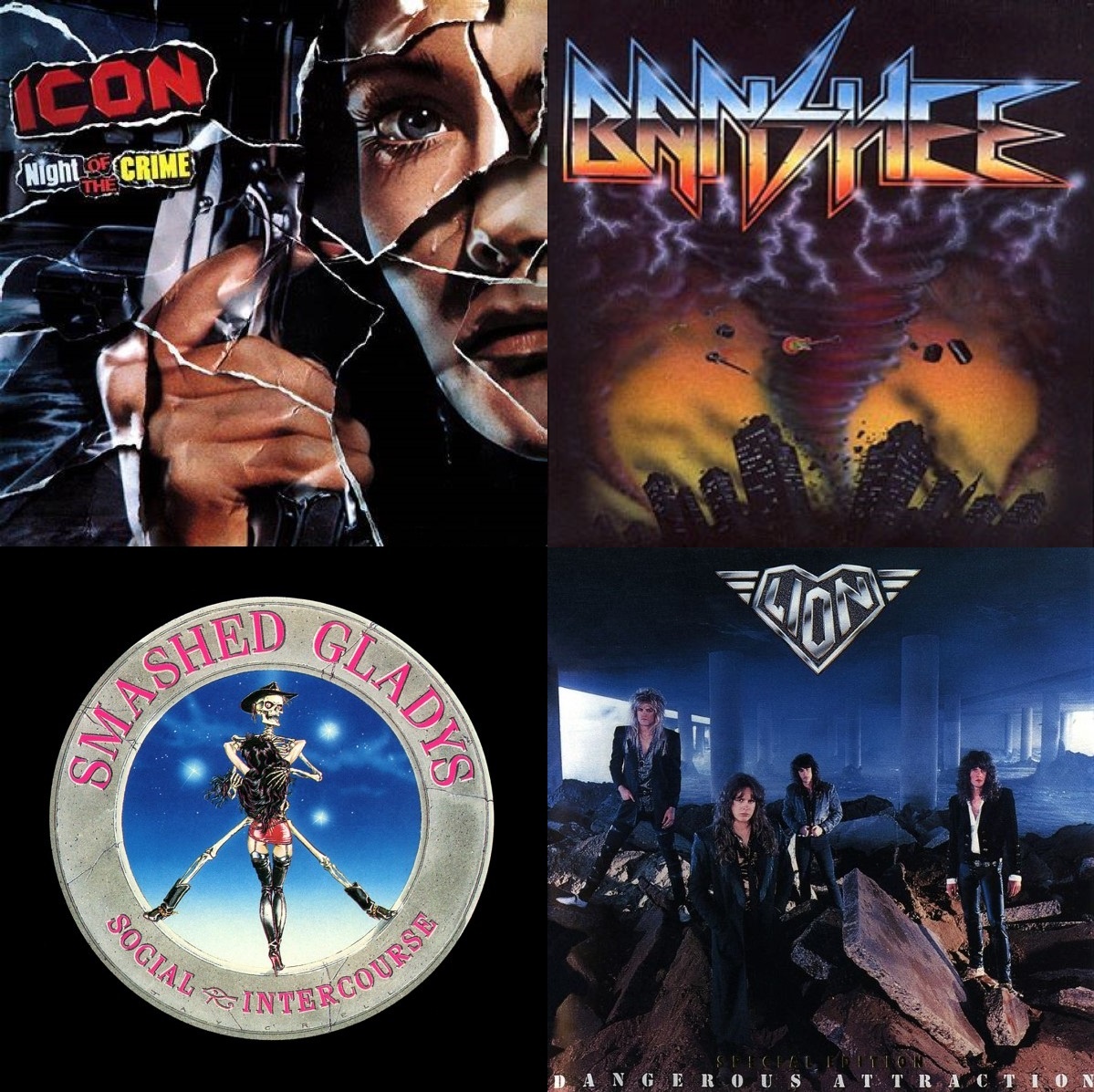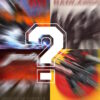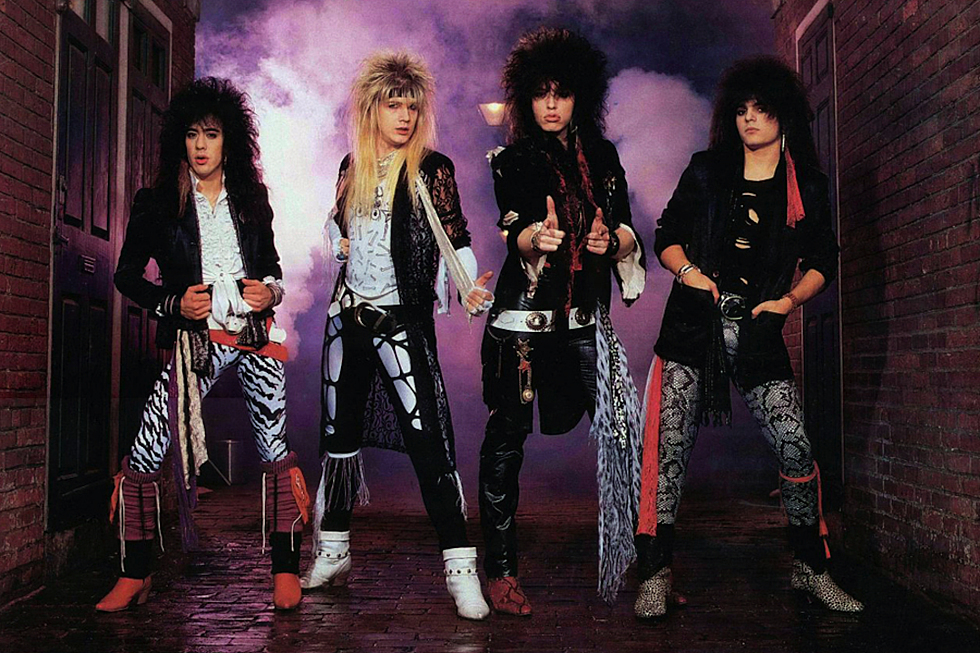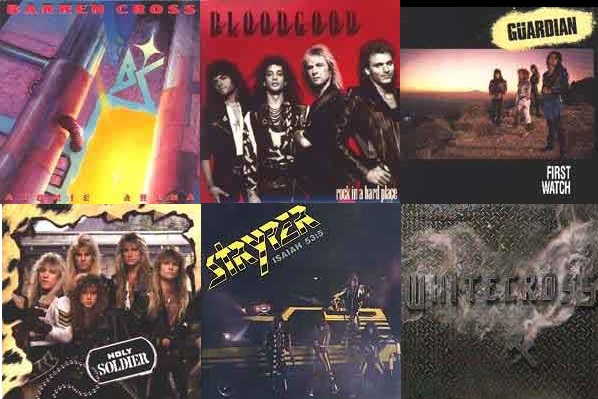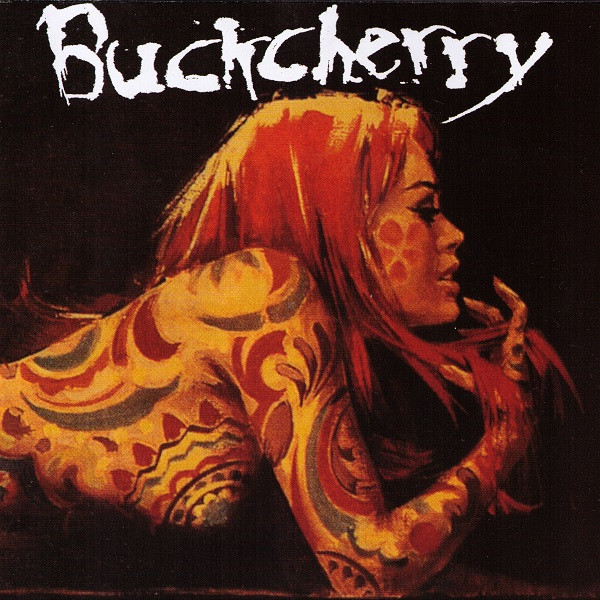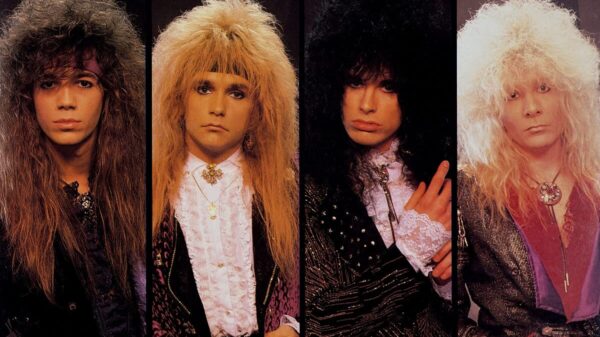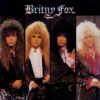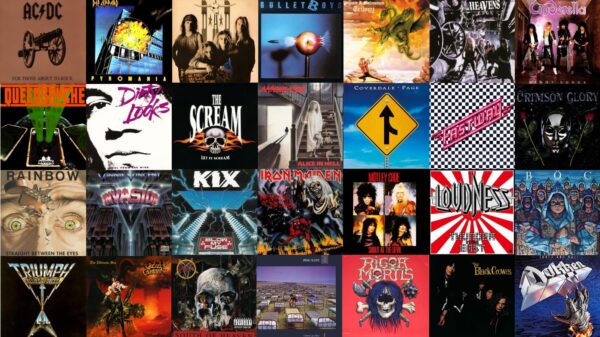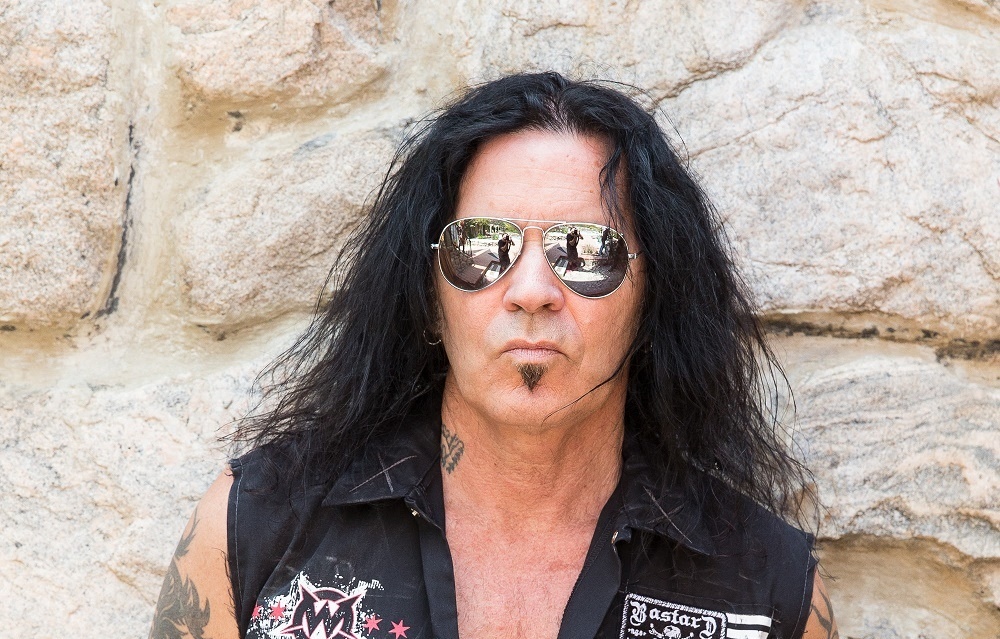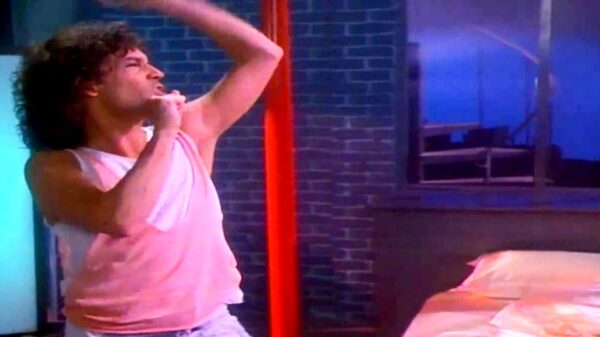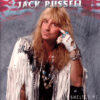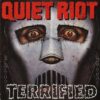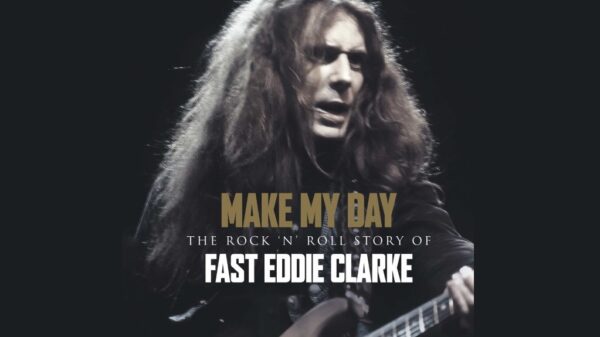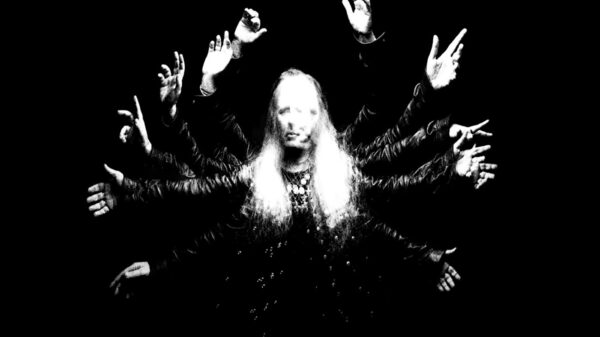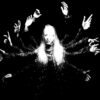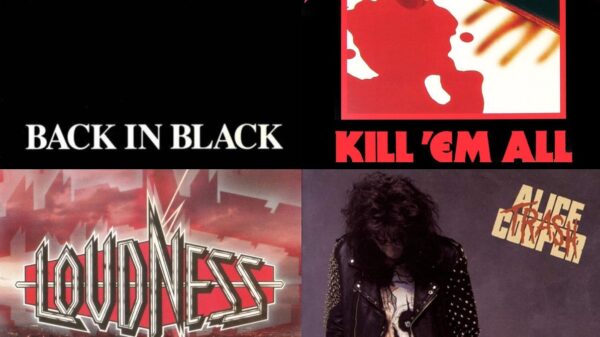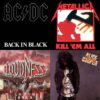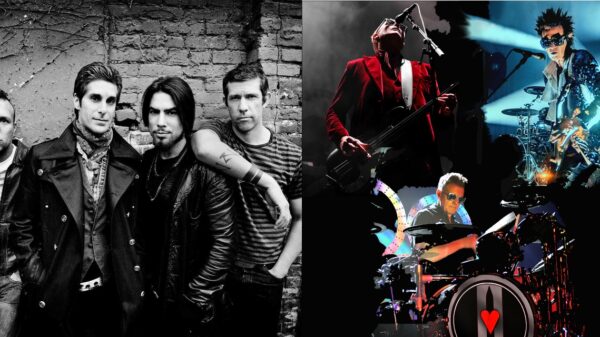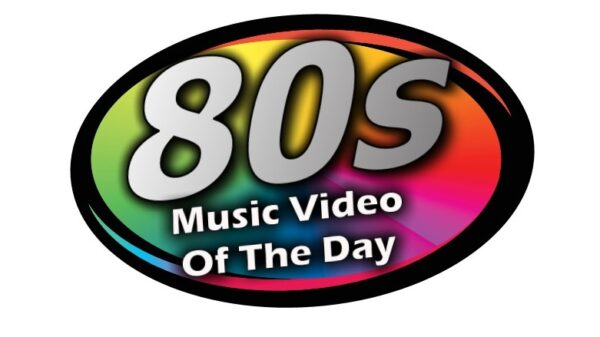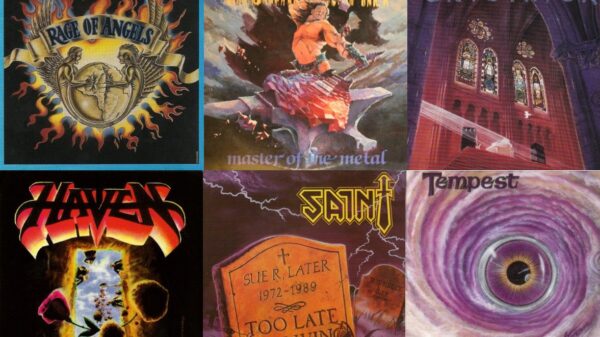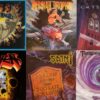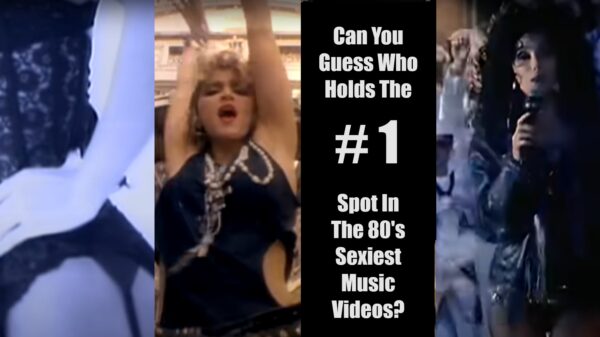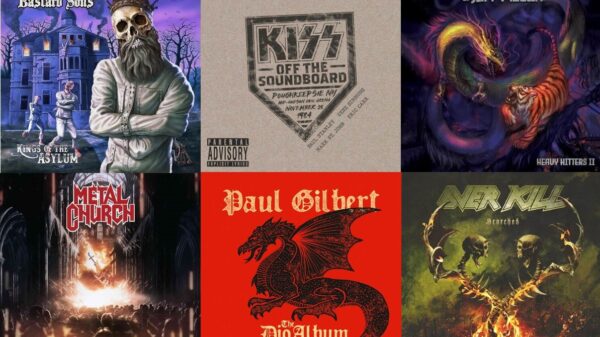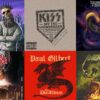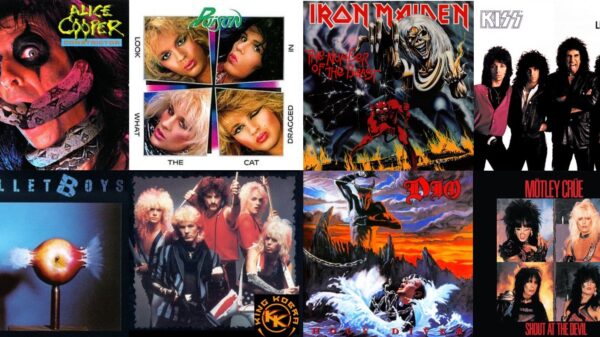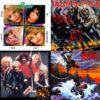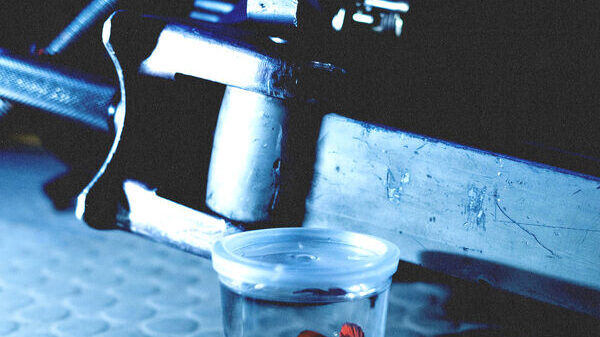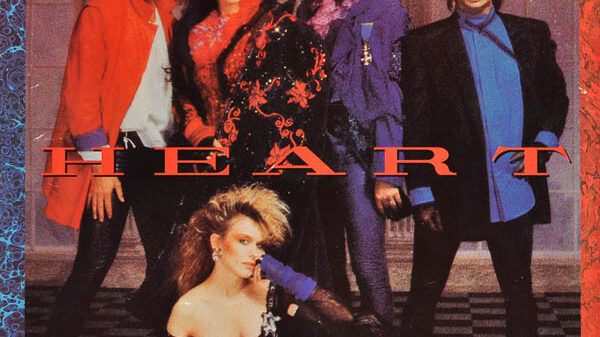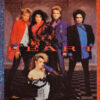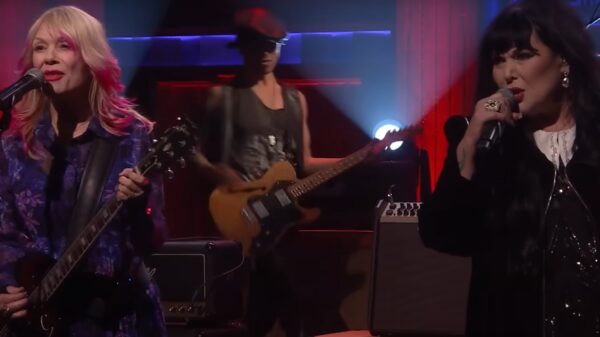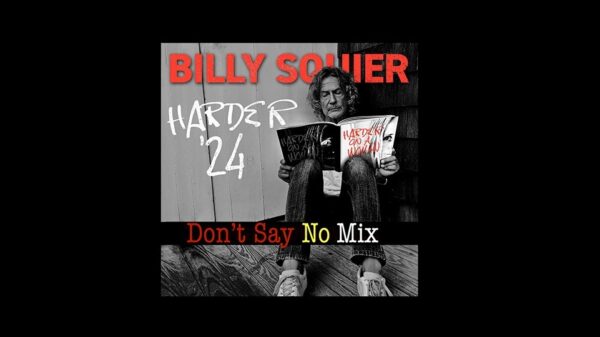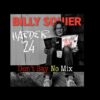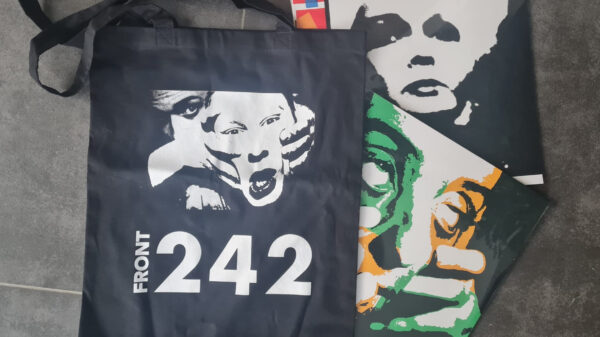If you’re a fan of Gothic Rock and you haven’t heard all of these bands before, by all means, check them out. These bands along with numerous others helped create a new sub-genre of rock music that still thrills fans and inspires new generations to this very day. Stay tuned for our upcoming second article that explores more of the genre’s history and more recent artists that are carrying the torch.
Joy Division
Started in 1976, Joy Division is considered to be one of the first bands to help start the Gothic rock movement in a post-punk world. Vocalist Ian Curtis’ real-life problems influenced the band’s direction until Curtis’ untimely death by suicide. Curtis was plagued with depression, a failing marriage, and often had seizures. Those seizures took their toll on the band as it often prevented Ian Curtis from performing and he even suffered seizures while on stage. The bands’ discography is limited to just “Unknown Pleasures” (1979) and “Closer” (1980) but their impact on the Gothic rock music genre is undeniable and longlasting, perhaps partially immortalized with Curtis’ downward personal spiral and ultimate demise at his own hands. The remaining members of Joy Division went on to form the band New Order, which went in a completely different and decidedly more upbeat and electronic direction.
Siouxsie And The Banshees
In 1976 Susan Ballion (Siouxsie Sioux) and Steven Severin started Siouxsie and The Banshees. Initially, the band leaned more in the punk direction but quickly found a new direction. The band’s image helped defined many people’s ideas of what a Gothic image looked like. The band released 11 studio albums between 1978 and 1995. Robert Smith of The Cure played guitar for Siouxsie and The Banshees during their tour for their second album, Join Hands. The Cure was already the functioning as the opening band on the tour and Smith filled in after several band members split over a disagreement. Smith went back to front The Cure after the tour and both bands would go on to be influential in the genre. Siouxsie and The Banshees were quite popular with the underground music scene in the U.K. and other parts of the world but didn’t find real success in the United States until 1988’s “Peepshow” was released. Siouxsie went on to continue making music in “The Creatures”, a band that she had created in 1981 with longtime Banshees drummer Budgie. The band released four albums before disbanding in 2005. Siouxsie Sioux then recorded a solo album in 2007, “Mantaray” following her divorce from Budgie.
Bauhaus
Formed in Northhampton England in 1978, Bauhaus was a four-piece band consisting of vocalist Peter Murphy, bassist David J., Guitarist, Saxophonist Daniel Ash, and drummer Kevin Haskins. The band helped enhance the image that many people identified with Goth rock with their dark and gloomy appearance along with a unique sound that mixed a variety of musical styles. The band recorded their first demo within six weeks of existence. The demo featured the song “Bela Lugosi’s Dead” which would go on to be the song that Bauhaus would be most identified with. The band initially released four studio albums before disbanding, although the band would reunite briefly and record a fifth studio album entitled “Go Away White”. Peter Murphy went on to have a successful solo career, while the other remaining members formed Love And Rockets in 1985 and recorded seven studio albums together. Prior to forming Love And Rockets, Daniel Ash and Kevin Haskins also found success in the band Tones On Tail which featured the influential song “Go!”.
The Cure
In 1978, The Cure was formed by Robert Smith and his friends from school. The Cure would have different members over the years with Robert Smith being the only original member and mainstay. The band’s early albums, such as “Seventeen Seconds”, “Faith” and “Pornography” were highly influential in the blooming gothic rock scene. These albums while considered dark, bleak and gloomy also helped to bring an emotional element that many fans could identify with. The Cure continued on to find a great amount of success with an ever-evolving sound, hitting its commercial peak with “Disintegration” in 1989. The Cure was inducted into the Rock and Roll Hall Of Fame in 2019 and Robert Smith has indicated that the band will release new material in 2020.
The Birthday Party
While the Australian band, The Birthday Party, never found a large amount of commercial success, they were highly influential in the early days of gothic rock. They started as The Boys Next Door in 1978 and then changed their name after releasing one album “Door, Door in 1979. The band released three albums between 1980 and 1983. Their single “Release The Bats” was a popular track that helped bring a taste of Southern Gothic themes that would continue in their work, featuring topics such as vampirism, blasphemy, and heresy. The band is known for being wildly experimental with their sound at the time. Vocalist Nick Cave went on to form his solo band Nick Cave and The Bad Seeds.
Christian Death
With an emphasis on death, Christian Death hit the scene with a sort of nihilistic, dark themed sound that cover a lot of taboo topics including opposing organized religion and challenging morality in general with songs about sexual perversion and drug use as well as an obsession with death itself. Rozz Williams formed the band in 1979. The band had a revolving lineup until 1984 saw the addition of Valor Kand who would become the frontman for the band after Rozz Williams left directly after the Ashes album in 1985. Valor Kand taking the reigns of Christian Death was and still is controversial for many fans of the band. While Rozz Williams is still considered the creator of the band, he only appeared on three albums, two of which also featured Kand. The fanbase for Christian Death remains split over which version is the best.
Sisters Of Mercy
Started in 1980, Sisters Of Mercy built an avid following around their sound. While only releasing three studio albums, Sisters Of Mercy have maintained that following even today. While there have been different band members over the years, vocalist Andrew Eldritch is the only steady member unless you count the drum machine credited as Doktor Avalanche. The band now only exists as a touring entity since developing a long term disagreement with Time Warner over royalties. Warner let them out of their contract, but Sisters Of Mercy have not recorded any new material since 1990’s critically acclaimed album Vision Thing. It’s interesting to note that Sisters Of Mercy do not consider themselves to be a goth band, but merely a rock band.
Love And Rockets
Ex Bauhaus members Daniel Ash, David J, and Kevin Haskins formed Love and Rockets and released their debut album Seventh Dream Of A Teenage Heaven to critical acclaim. Their sound was more dreamy and pop-based, but still kept a semi-gothic image and appeal. While admittedly Love and Rockets move away from the darker tones of Bauhaus, the band kept the dark image and mixed it perfectly with an ever-evolving sound that brought them huge commercial success with the single “So Alive” from their self-titled album. The band continued to experiment with their sound and moved into a more electronic direction on their last two albums. The band members reformed Bauhaus for a reunion album and have not recorded new material as Love and Rockets since Lift was released in 1998.
The Mission (U.K.)
The mission started out in England in 1986. Formed by former Sisters Of Mercy members Wayne Hussey and Craig Adams. The band was originally called The Sisterhood but changed the name to The Mission after Andrew Eldritch of Sisters Of Mercy claimed the name. The band released 11 studio albums with their debut being “God’s Own Medicine”. The band quickly found their signature sound and a mass of followers who liked the goth-based rock sound with more ethereal elements mixed throughout.
45 Grave
Half punk, half goth, and all death rock, 45 Grave took their brand of rock in the direction of horror themes, albeit with a tongue-in-cheek sense of humor at times. Singer Dinah Cancer added an interesting element to this surf-punk gothic style of music and are probably best known for their appearance on the soundtrack of the movie “Return Of The Living Dead”. The song “Party Time” was featured prominently in the theatrical trailer for the movie.
While some will disagree with which bands made this list, these artists were all important to its development. More artists that helped from Goth Rock history will be featured in our upcoming second article that explores more of the genre’s history and more recent artists that are carrying the torch.



